“Serbia 🇷🇸 ~Resava Cave and Scenic Drive From Despotovac to Golubac”
This day was a long drive, too, with lots of rain, but unlike the days before, we got to leave the hard mountains driving and do some lowland driving. The wide open spaces, with straighter roads was a nice change, and I can say for most of our several hours, we traveled through many beautiful villages; one after another on a mostly good road. After the tidy nice homes to look at, we were once again in farmland. Corn and sunflowers, mostly.
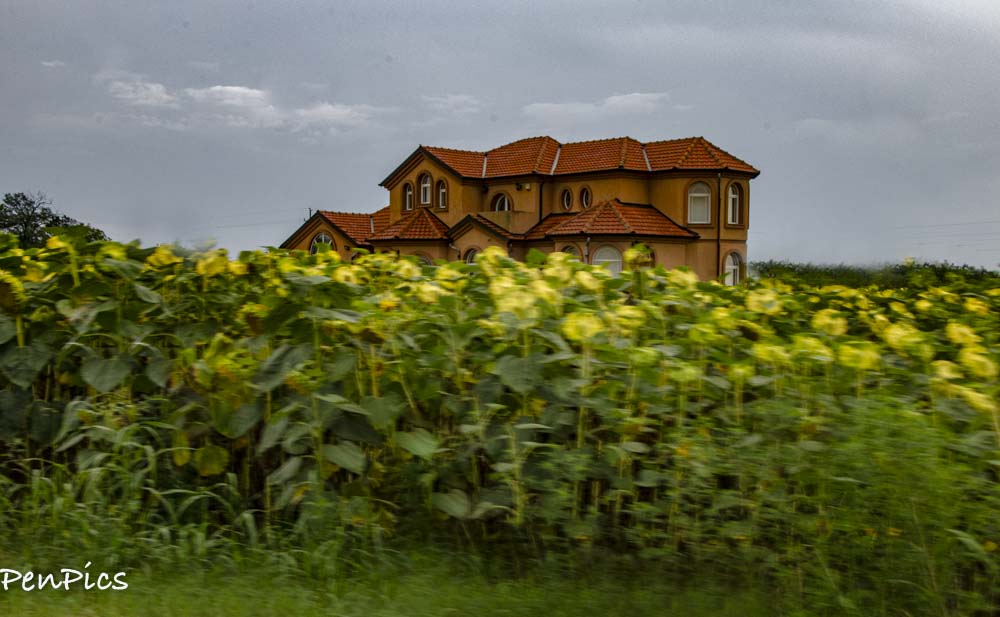
We have left the furthermost southern part of Serbia, and have now traveled to the Eastern part of Serbia. Golubac (pronounced Golubats) is another medieval site we get to explore. We also made it to the Danube River, and enjoyed our overnight stay along the banks of this European wonder!
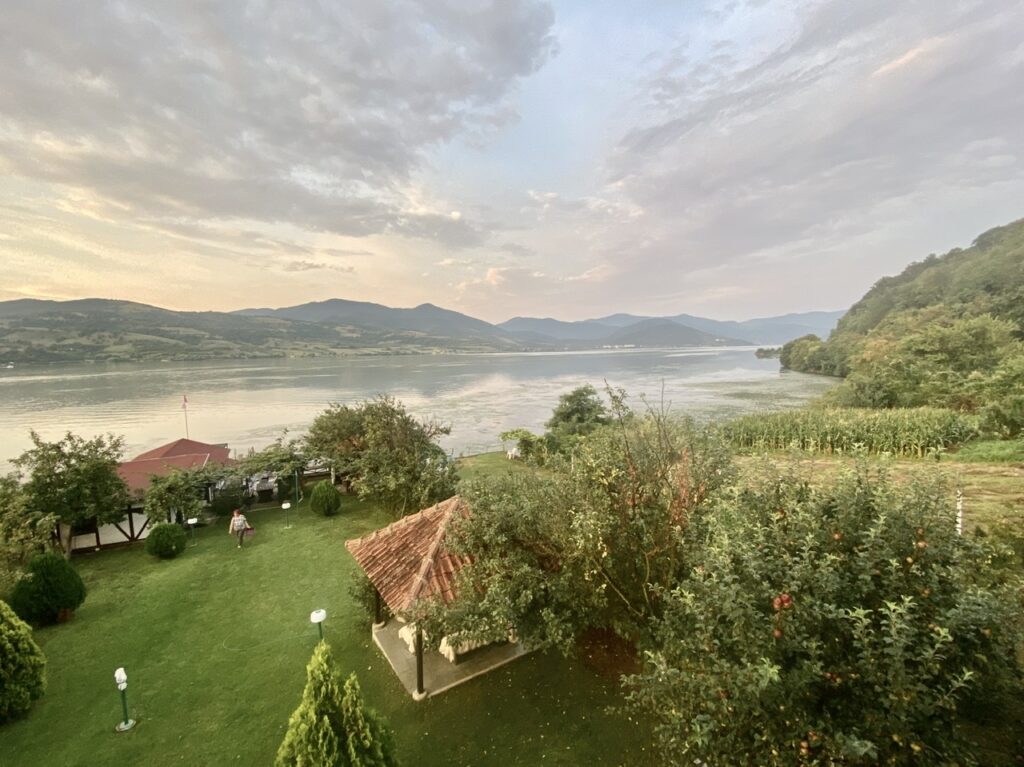
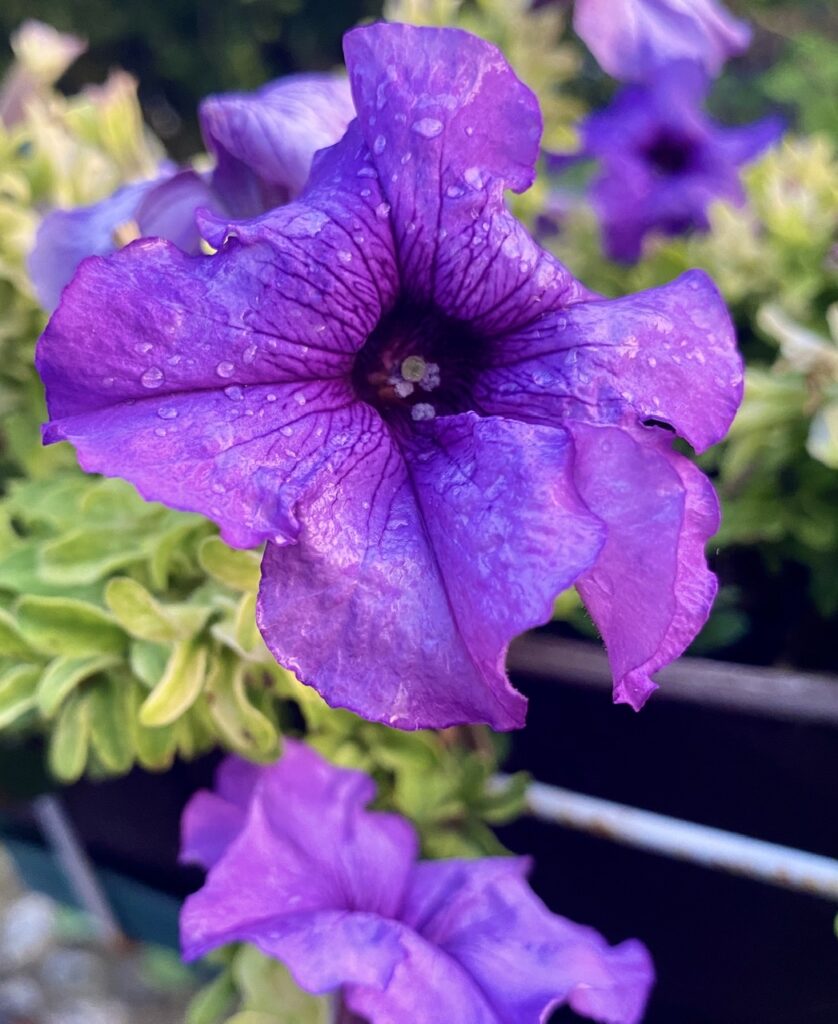
After checking our 10th option for lodging, in town with no vacancy, I found a gal who spoke some English. She told me the town is short on lodging because they did not expect so many people, due to the COVID, and not all hotels are operating.
We went to the Fortress, which the internet indicated was open till 7PM. But, it closed at 6PM. Bummer. We weren’t the only people milling around, who had hoped to get in, too.
We drove out of town along this beautiful river, until we found a room (sobe) for the night; equal to $20 US dollars. We have everything we needed, including a beautiful view over the Danube. We did not get a chance to eat, however, before we left town, as getting a room, trumped food, but we had yogurt, nuts, and fruit with us. We won’t starve.
We are about 12 miles outside Golubac, so it will be easy to get back there tomorrow, to self-tour the “fairytale”-like Fortress! You have to see it to believe it.
More on all of that, after we adventure in this glorious part of Serbia, because first I want to share these photos from yesterday’s drive. I hope you enjoy them!

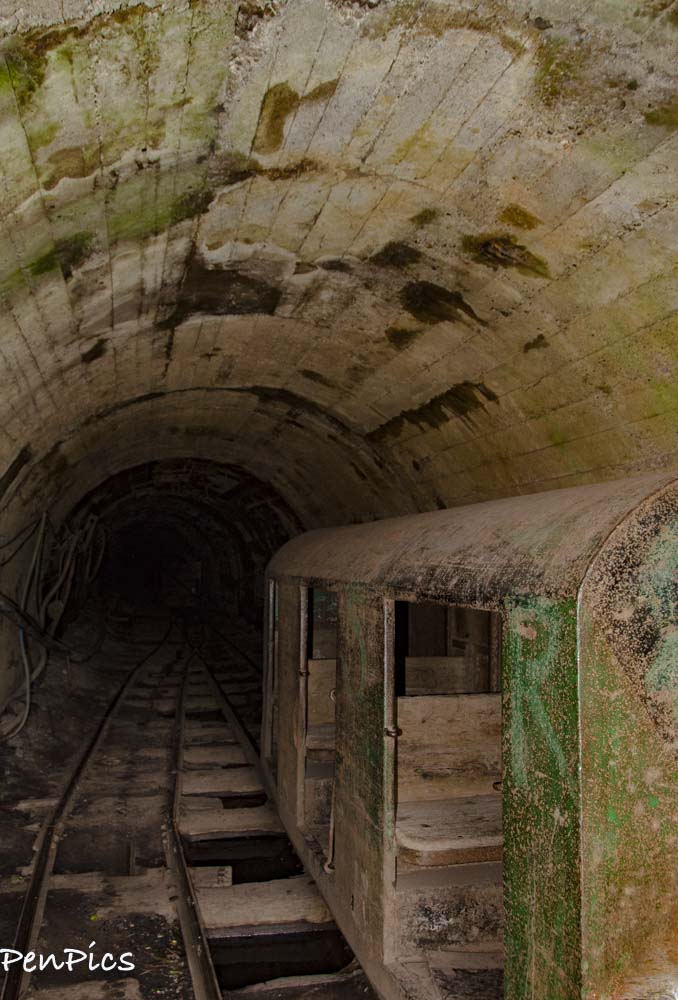
Established in 1853, Senjski Rudnik is Serbia’s oldest coal mine and mining town located in the southern part of the Municipality of Despotovac in Central Serbia, at approximately 150 km southeast of Belgrade, 20 km from Cuprija and 70 km from the city of Kragujevac.
Five distinctive stages can be distinguished in the historical development of Senjsi Rudnik:2
– the establishment of the mine and settlement 1853-1892;
– building of a railway connecting the coal mine with central Serbia (1892);
– period of highest economic growth, a zenith of urban and social development (1903-1941);
– further development in socialist era (1945-1968) and the period of decline starting in 1970.
The mine complex with the management buildings and mining infrastructure is part of an urban ensemble which also includes residential houses, school, cultural centre, church, museum and a hospital. The historical development of the site represents a typical industrial community which appeared in the 19th and profiled through the 20th century. Today it is experiencing economic and physical decline and seeking for rehabilitation modalities that would bring new sources of income and employment.
The mine of Senjski Rudnik is located in the Resava-Morava brown coal basin. The pits along the Mlava coal basin stretch northward to Danube and Kostolac. Senjski Rudnik is one of the three underground pits of public companyRembas/Resavica (Despotovac), which operates in the fields related to production, transport, coal refining and processing, maintenance of equipment, construction and investment in Resavica and eight additional mines.
Due to the combination of active coal production with the historic mining artefacts, machinery and infrastructure but also buildings and facilities for site management and workers’ housing, Senjski Rudnik must be considered within a wider territorial context of mining activities and exceptional natural landscape covering Strmosten, Makviste, Resavica, Ravna Reka and Sisevac.
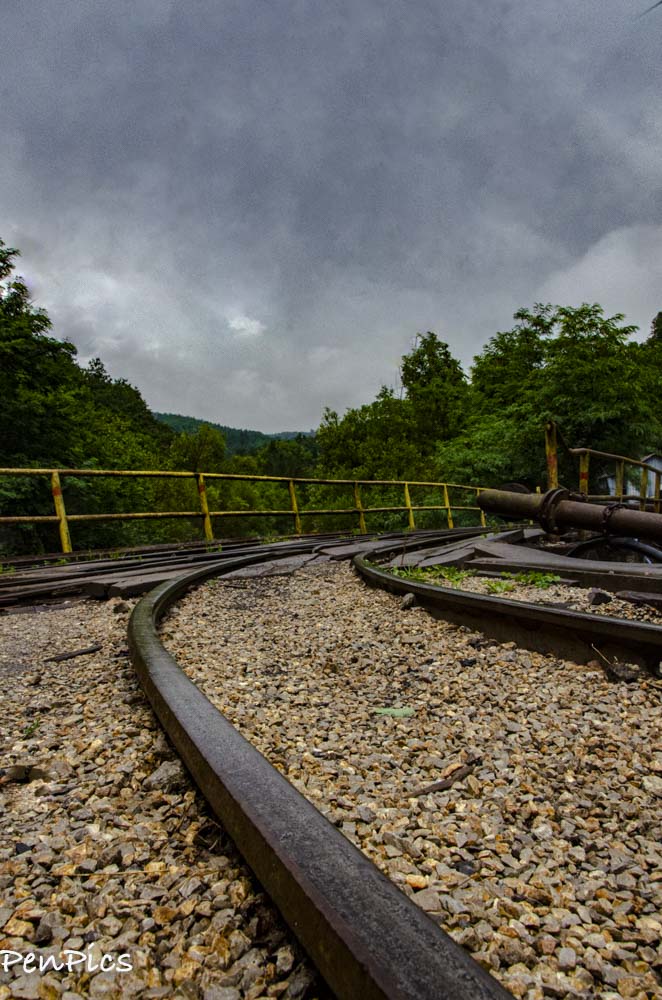
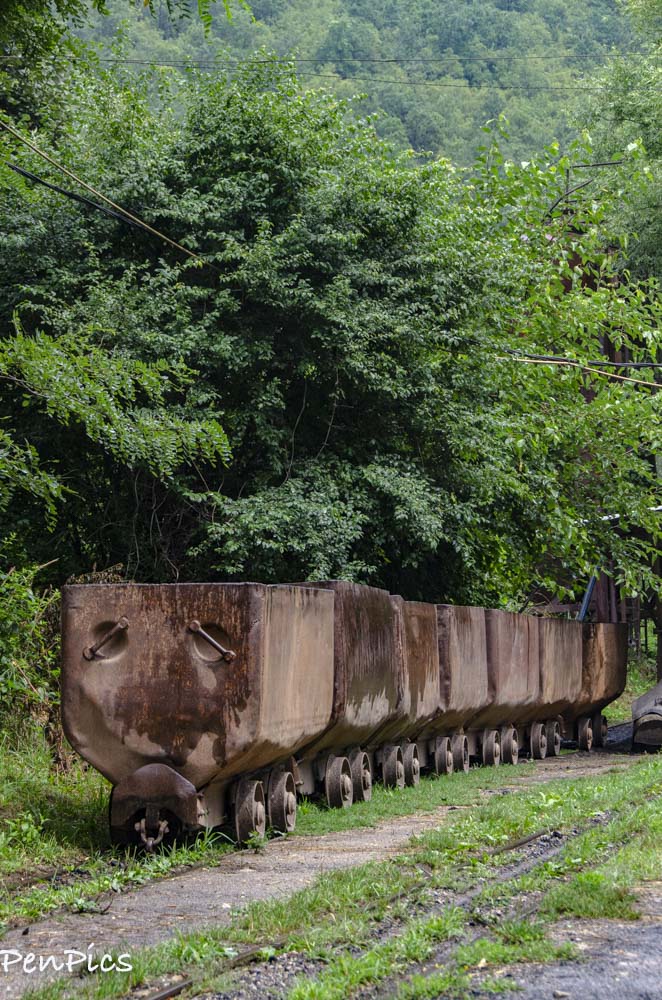
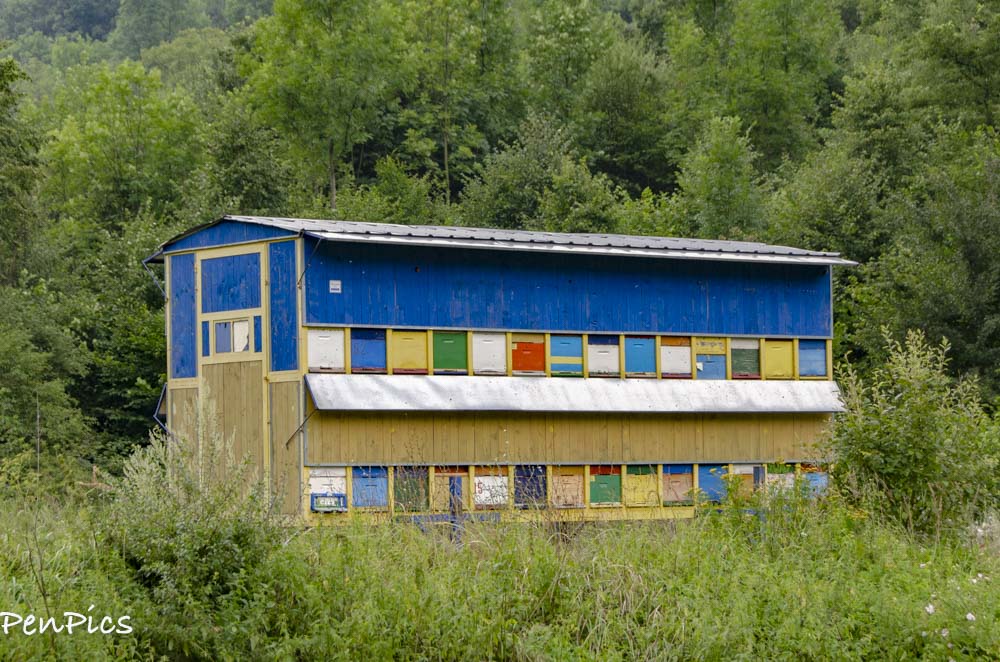
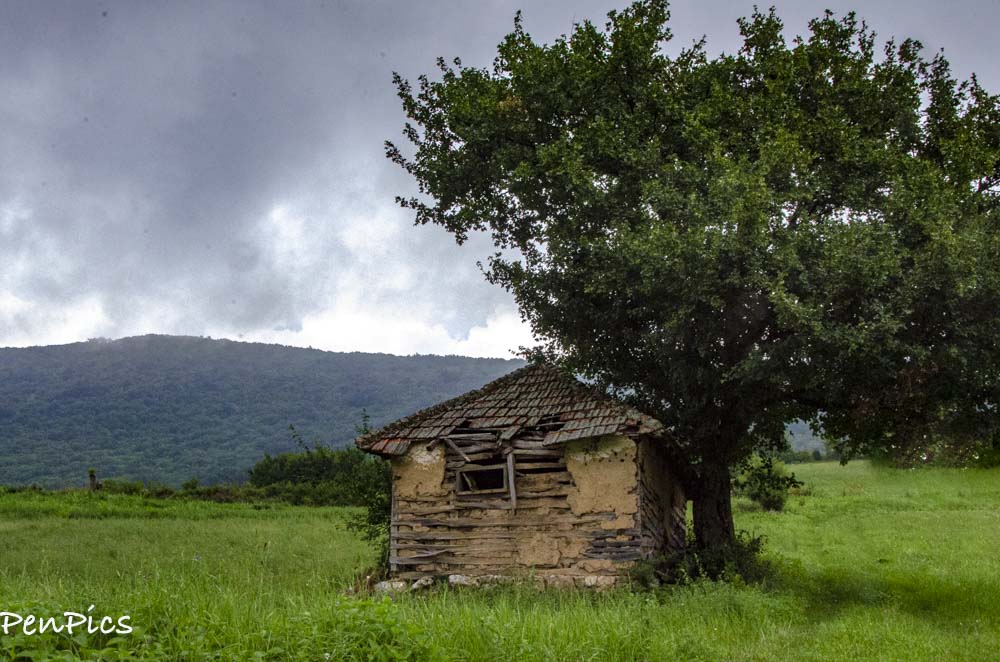
They have stayed in that area to this day, accepting a variety of influences and functioning as an imaginary boundary between the East and the West, while, at the same time, taking the best from both worlds.
Ever since they abandoned the old Slavic beliefs, and embraced Christianity in the 9th century, and up until the formation of the first Serbian country under the rule of Nemanjić dynasty in the 12th century, Serbs had some kind of authority that resembled the parliament and certain respectable individuals, but all of that was insufficient to preserve the homogeneity of the people.
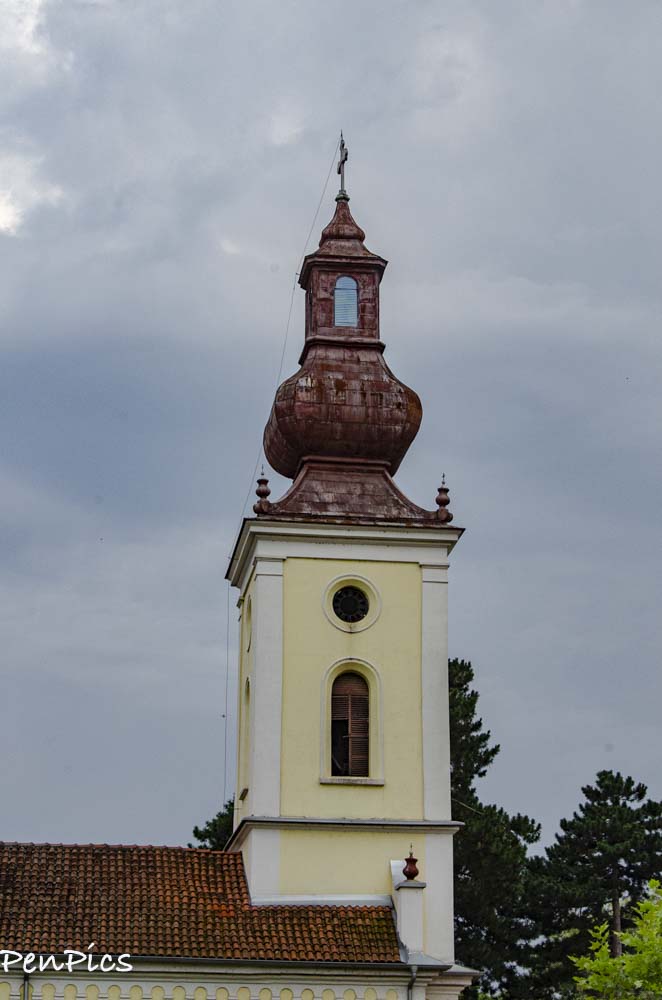
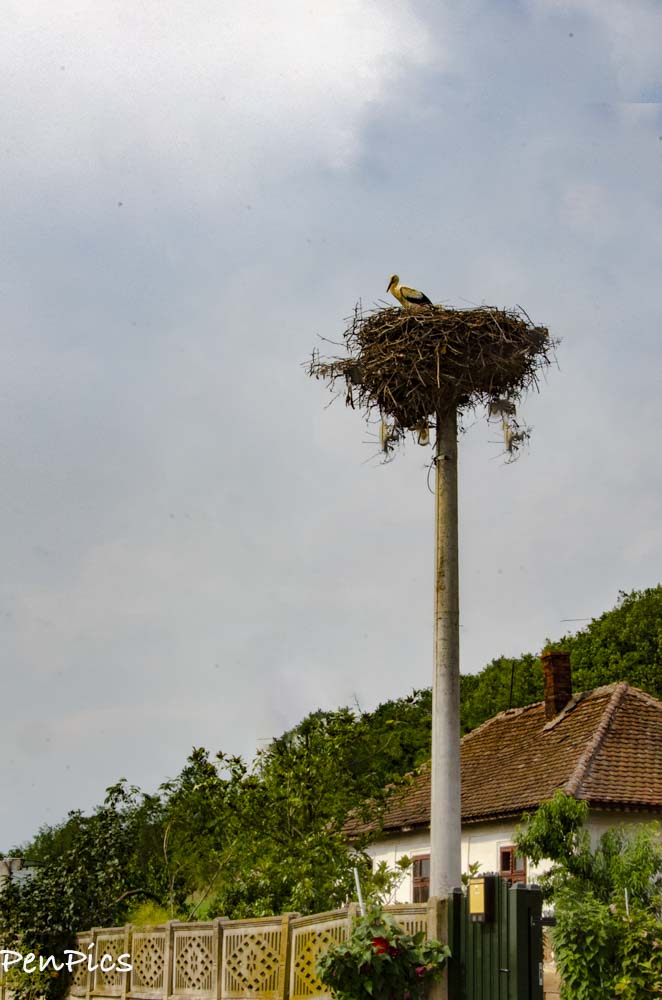
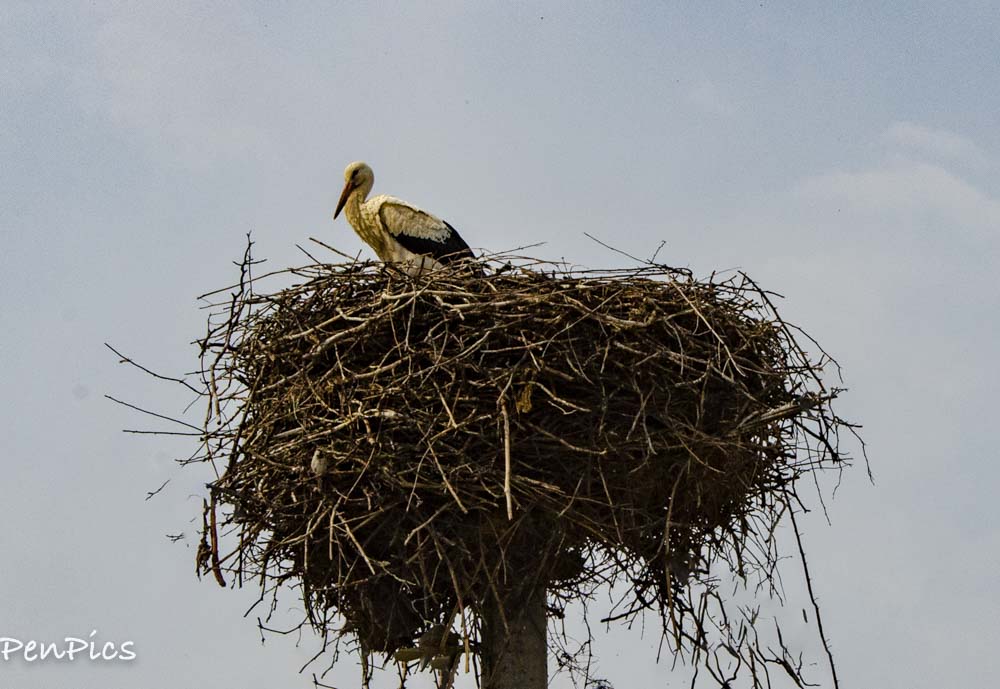
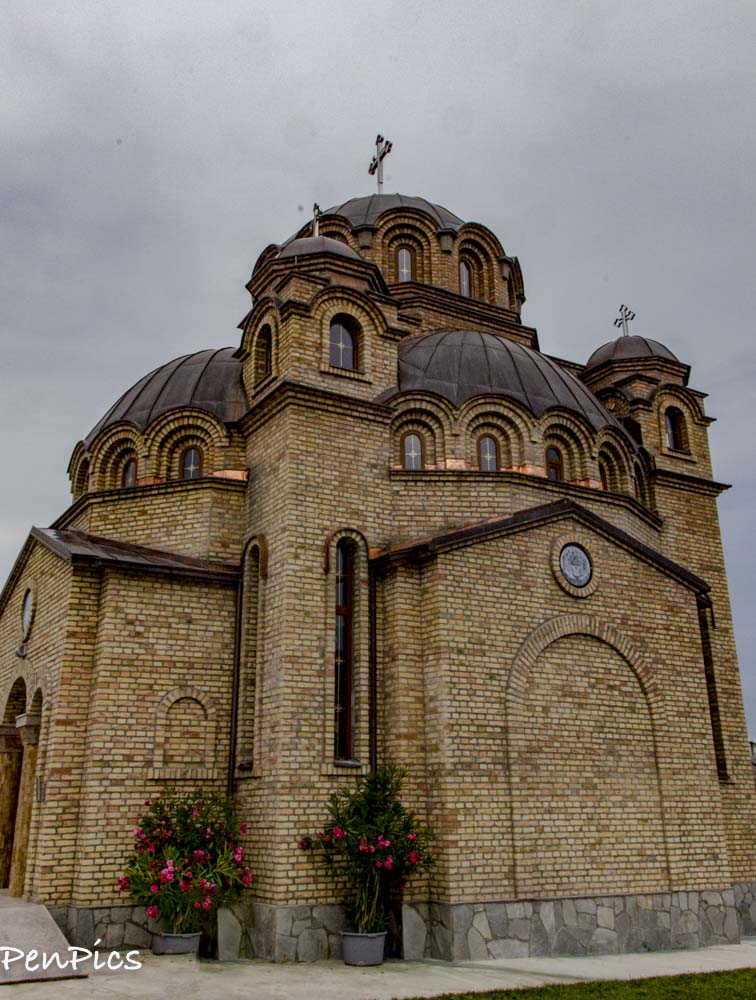
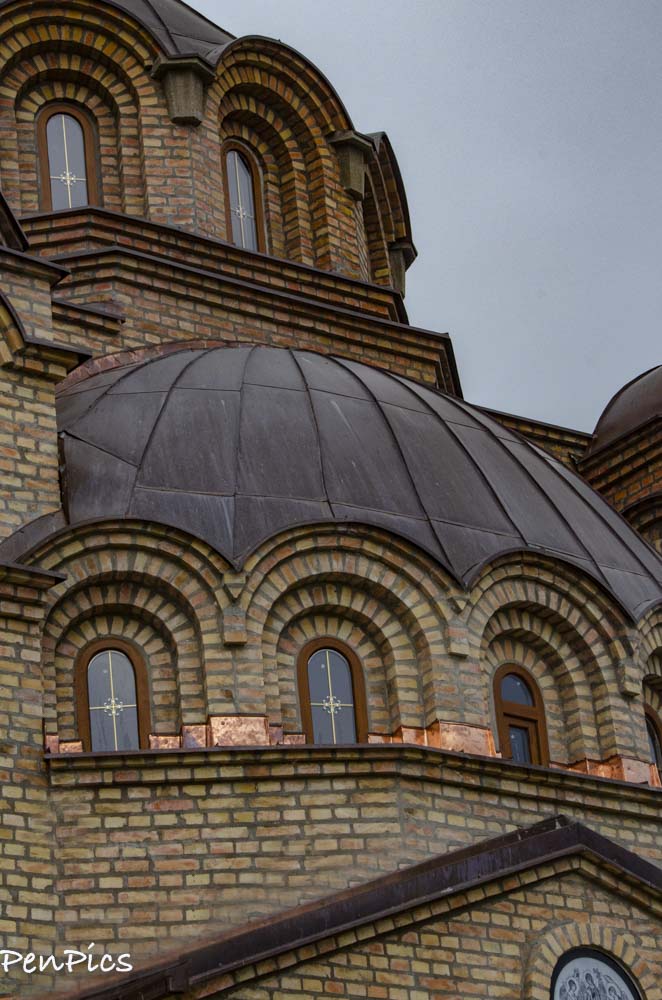
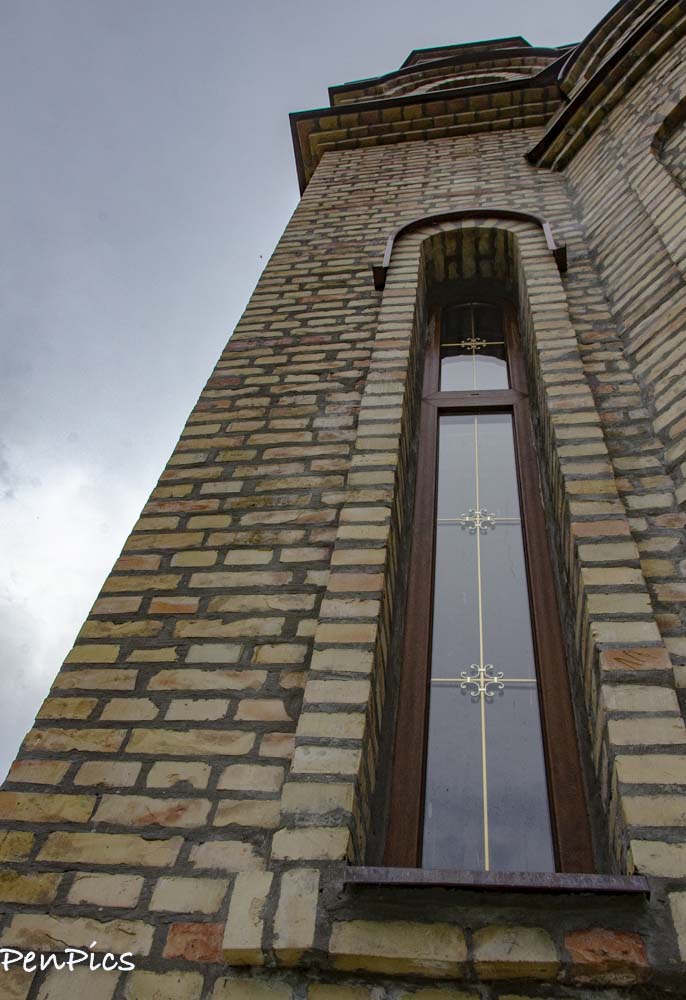
Before we left Despotovac, and one of the reasons we stayed over night in the area, was to see Resava Cave; not to be mixed up with Risovaca Cave. In English this is not hard to distinguish, but in Serbian, it is quite easy to get confused. It was no out of our way, so it was no big deal, but we were actually on the hunt for the cave with the ancient cave drawings. This cave was not it.
As far as caves go, this one was fine, but we would not recommend going out of your way for this cave, unless you are really into seeing every one you can see. We have seen many caves around the world, so we don’t go in to very many. In addition, this is a “tour-guided cave;” mandatory. We did not know that, either, till after we bought our tickets. The crowd of people in our tour group had to have been well over 60. This would include children who cried or screamed, and while in the echo chambers, this is most unpleasant. The touring is not managed very well, in our opinion. We tried to go with the flow, but standing in a cave, with dripping ceilings, listening to a tour guide speak in Serbian (on and on), we got a bit antsy. I have the kind of back injury where standing for long periods is something I must avoid. Moving, or sitting works for me, to be in be in less pain. It was a big cave, but at one point, it seemed like we had come to a dead end, and after the guide spoke some more, of what we had no clue, people were milling around.
We both new by now, there were no ancient cave drawings, so we also knew we were in the wrong cave. I said to Daryl; “Do you want to get outta here?” To which he said “but it’s a guided tour.” I said, “yes, guided tour where we have no clue about anything the guide is saying…follow me.” Daryl is a rule follower, and I’m a rule breaker. I had had enough, and so had he, but he said “won’t we get in trouble?” (he is so cute). His concern was finding the right way out, which I got, so I said; “you stay here, and I will go ahead to find another exit sign, then holler for you.” We did this for a bit, and it worked out great. I knew we could do it, so we slipped out, and nobody was the wiser. I was never so happy to get out of a cave for the peace and quiet of the mountains once again!
We now need to figure out where that cave is which the drawings, but thats another day.
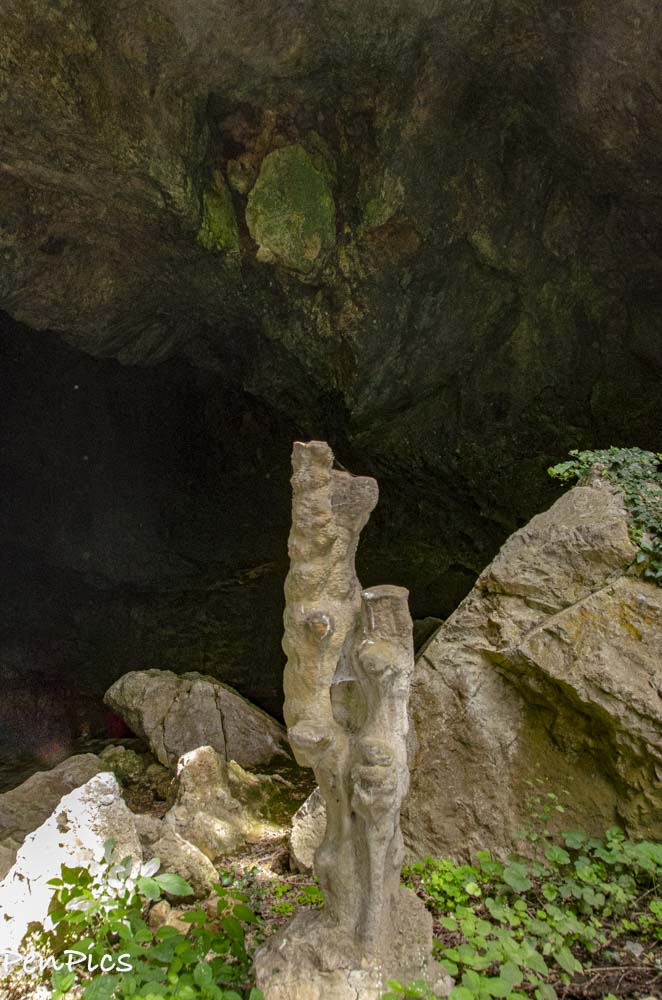
On the fringe of Divljakovac karst field, this cave remained hidden until 1962.
Inside, there are numerous halls, canals, galleries, columns, draperies and petrified waterfalls, but what attracts most attention are the stalactites and stalagmites in astonishing red, yellow and white colours, which are estimated to be approximately 45 million years old.
Despotovac is located in the place where abundant history, culture and the fascinating, intact with nature. It lies between Kučaj mountains on the west and stunning plains of the east, which is another thing specific of this place where the past provokes the imagination and the unique natural riches awake all senses.
Despite the area’s tumultuous history, which dates back to the prehistoric times and continues with the settlement of Thracian tribes, Romans, Slavs and Turks, today Despotovac is a peaceful town in the east of Serbia, disturbed only by the sounds of Resava river.
The unusual flow of this river has formed one of the most beautiful and most attractive Waterfalls of Serbia, where it’s clear water has become a habitat to several species of trout, which is a culinary specialty of this area.
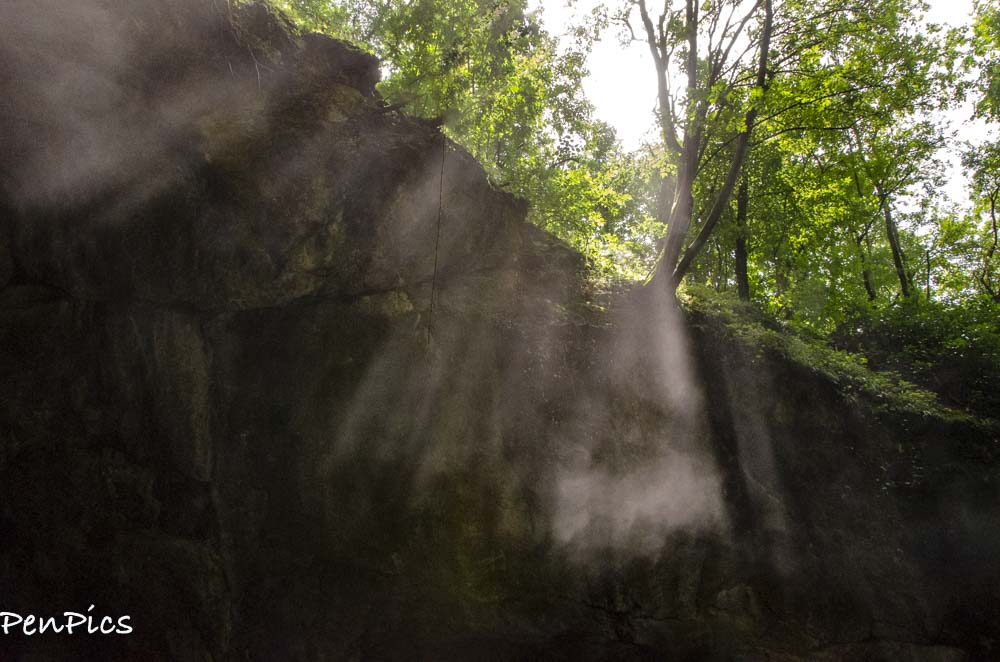
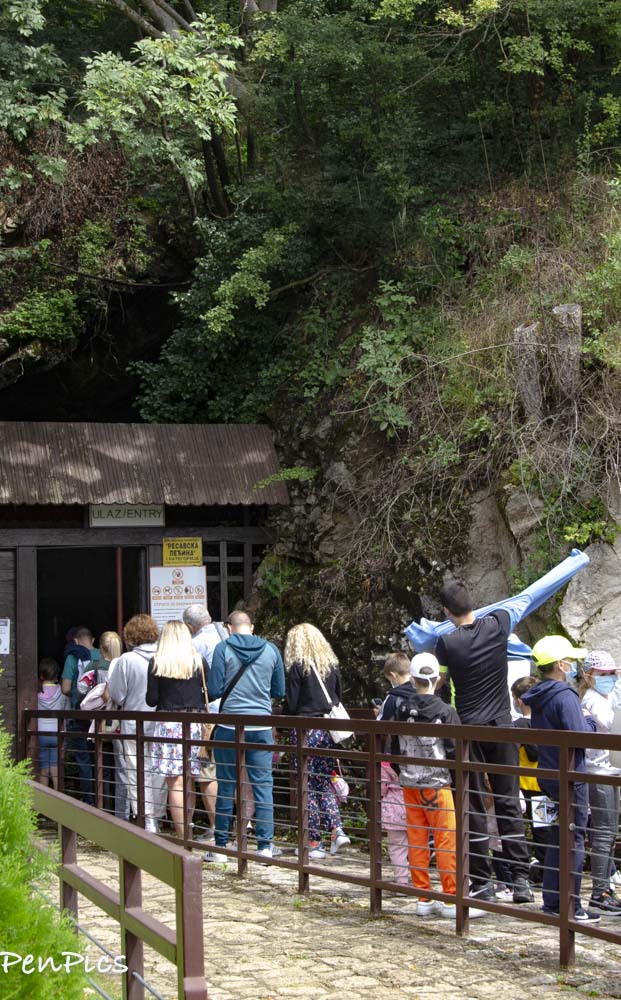
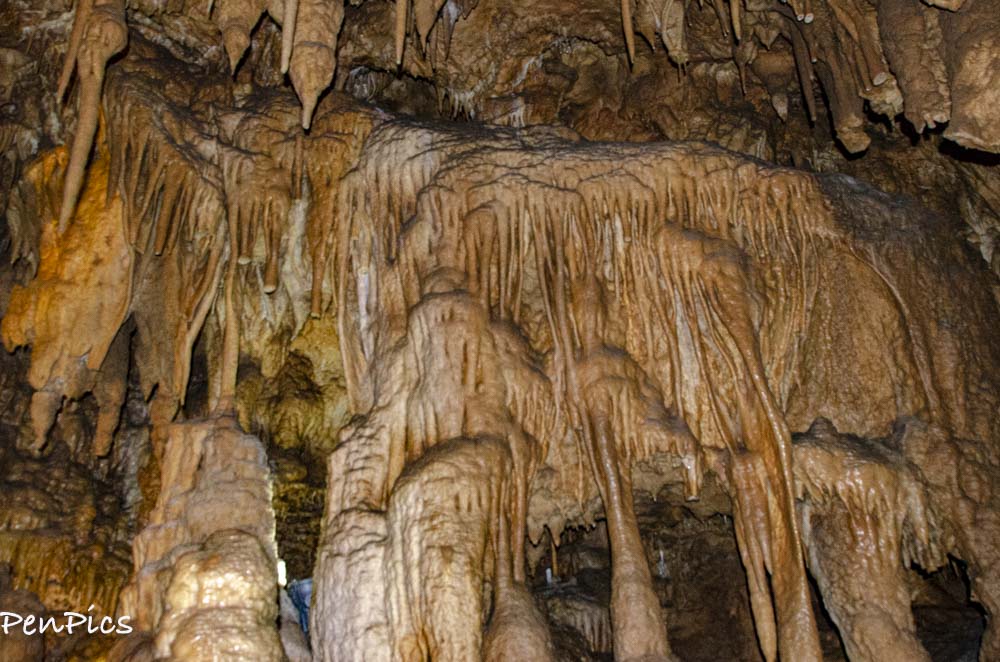

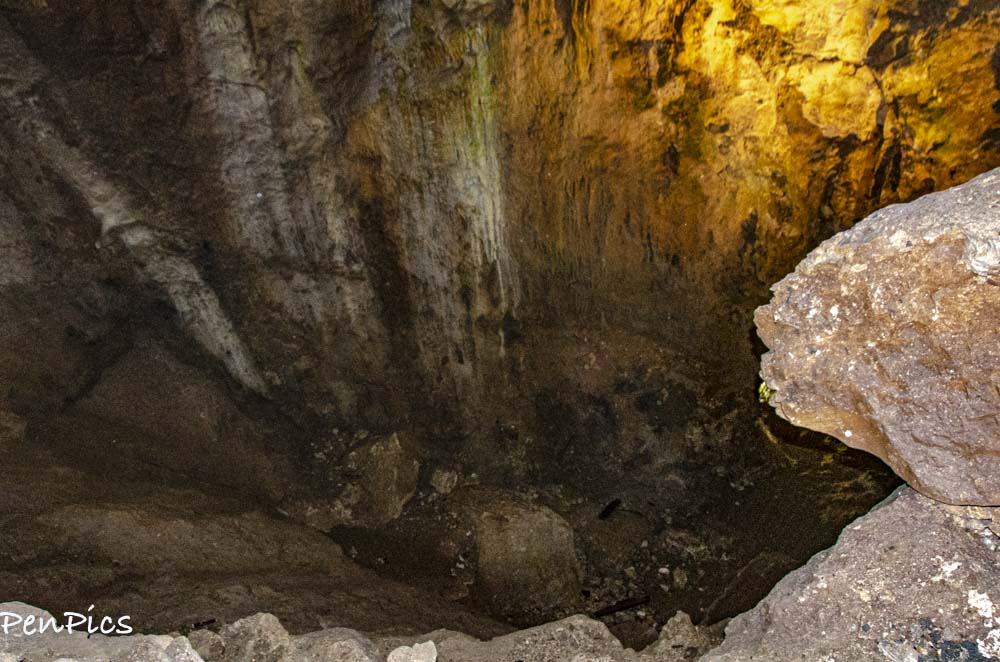
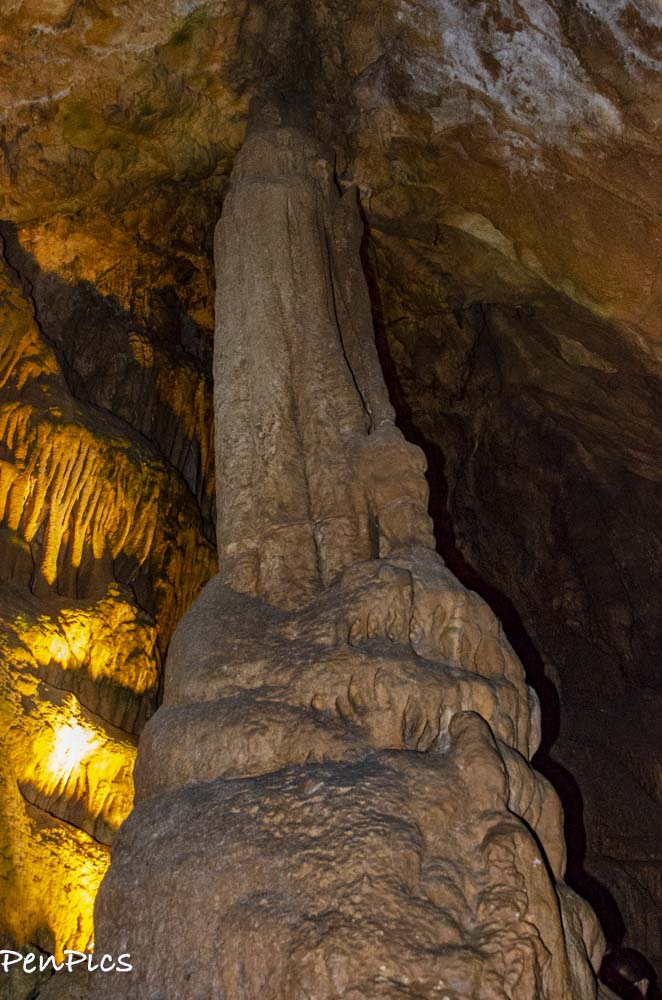
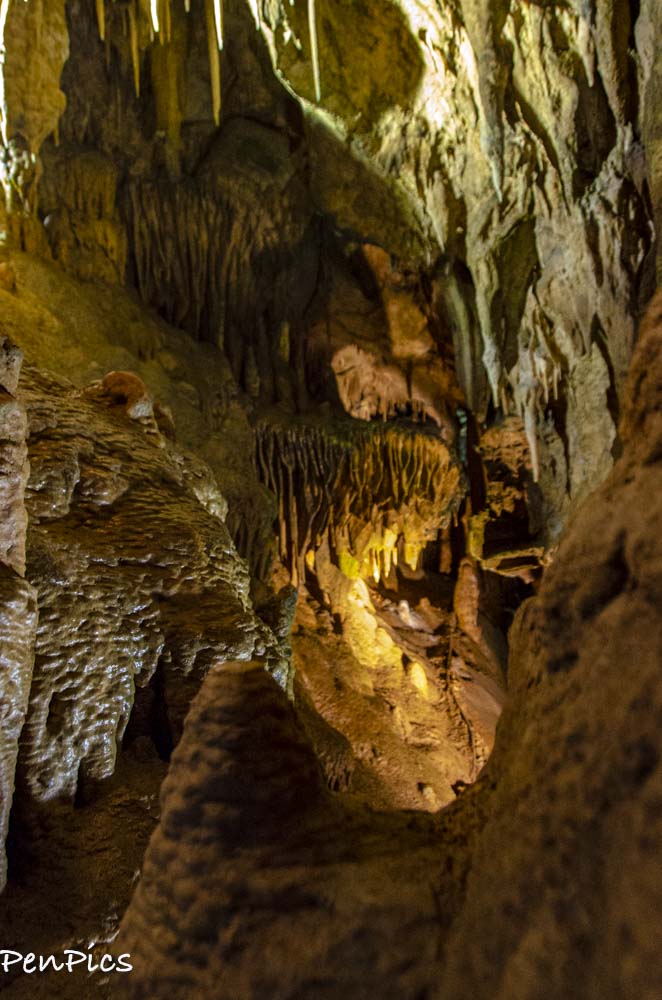
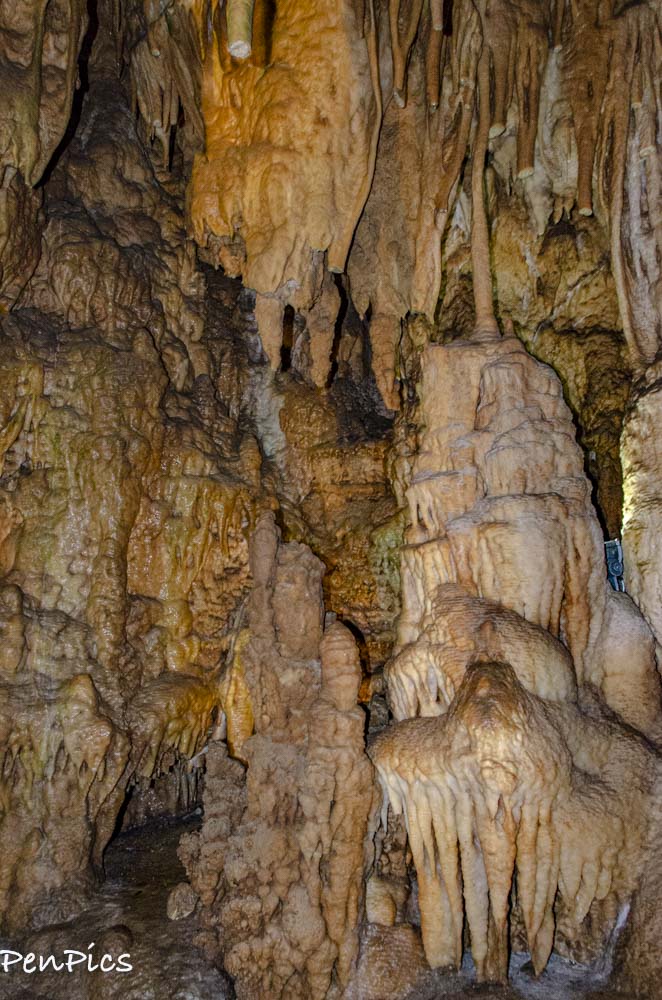

Archive Blog Posts of Our Country Visits
About Us

About Us
Hello and Welcome to our Travel Blog Website, We enjoy writing about our experiences and taking photos of our adventuring along the way. Our names are: Daryl and Pen, but Daryl calls me “Bunny.” We met, quite randomly, whilst both… Read More










Beautiful country side
It’s been amazing and definitely has grown us us!